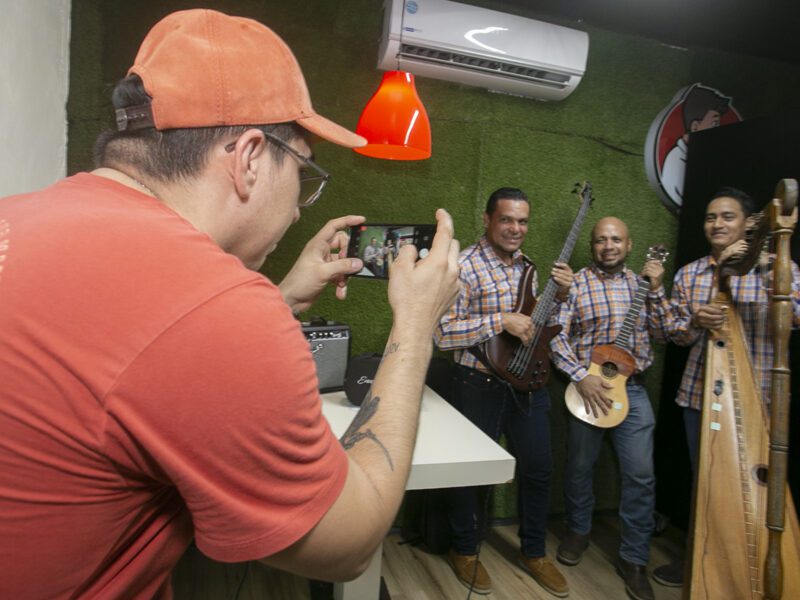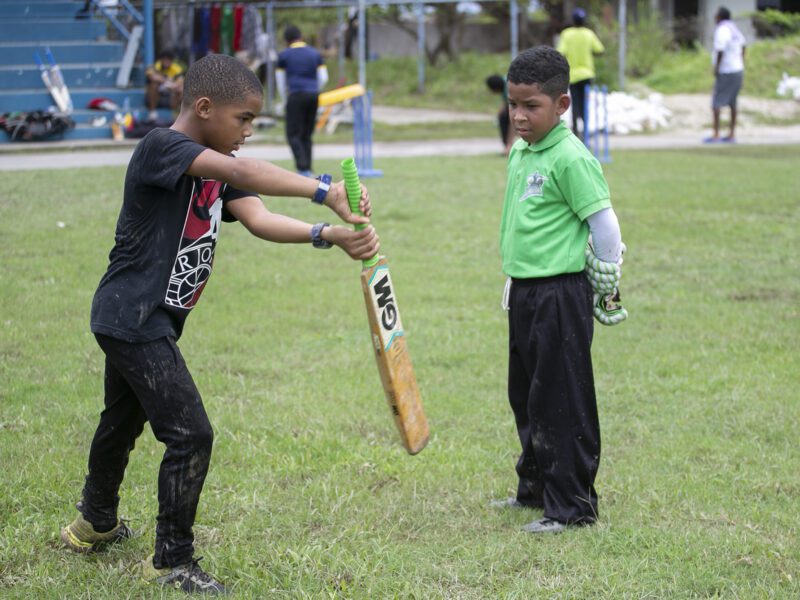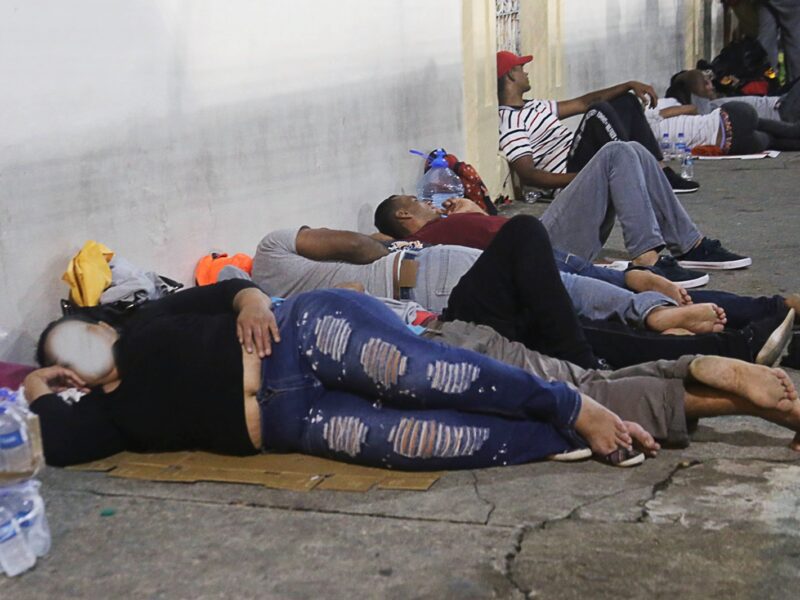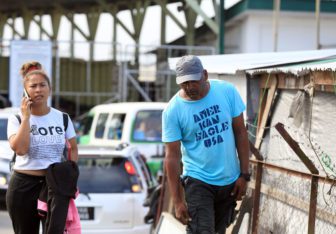The town of Chaguanas in Central Trinidad has long been a bustling centre for the conduct of business, commerce, sport and leisure. Since achievement of borough status in 1990, It has grown in stature for its contributions to national life and is home to over 84,000 burgesses.
In recent years, Chaguanas has also become home to a high number of Venezuelan migrants, refugees, and asylum-seekers who now contribute to the key activities that set Chaguanas apart as a unique place to live, work, and play.
In this series of articles, with support from UNHCR, the UN Refugee Agency, CIJN journalists explore the contributions of this relatively new group of residents in the areas of business and commerce and music and sport. We also examine some of the initial and lingering settlement challenges.




